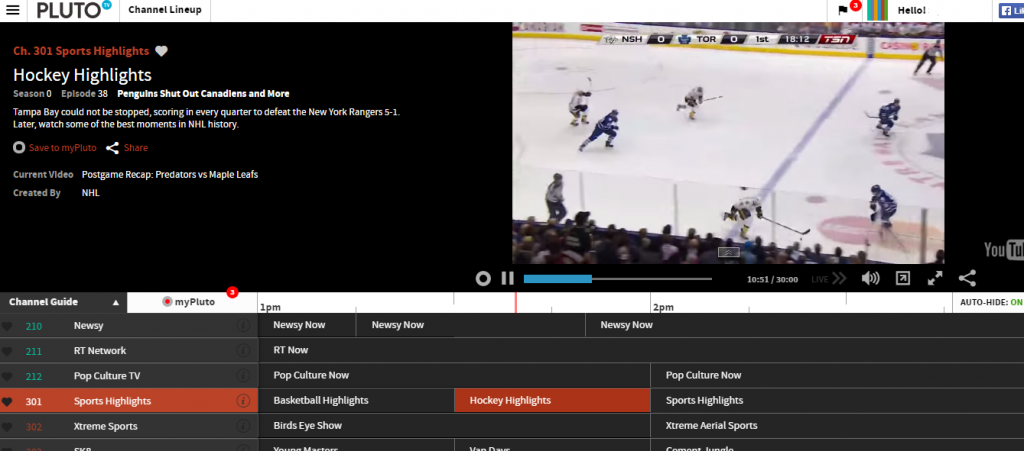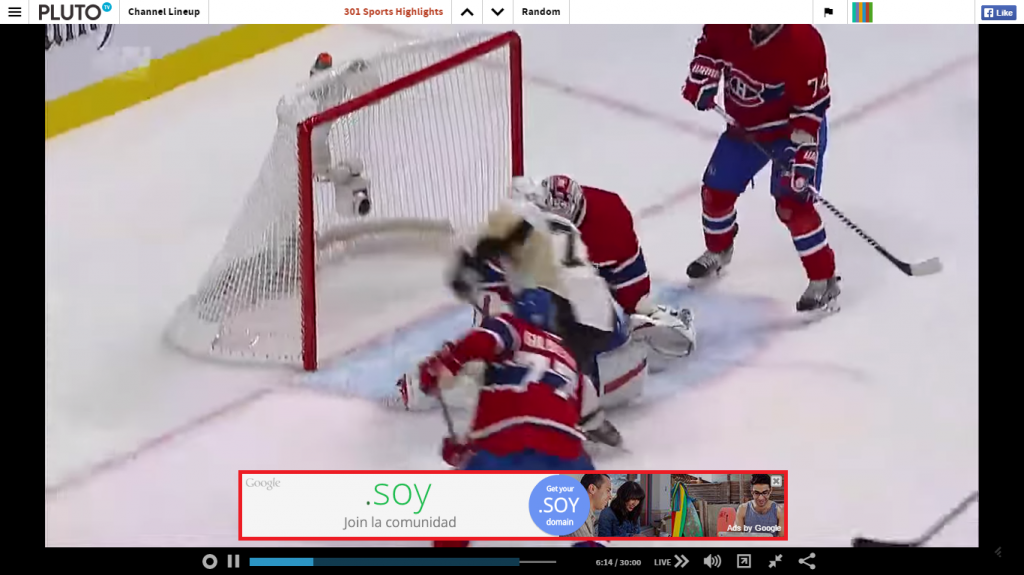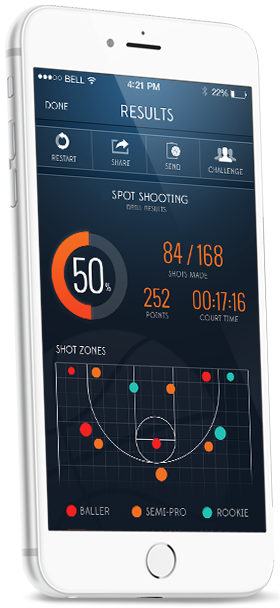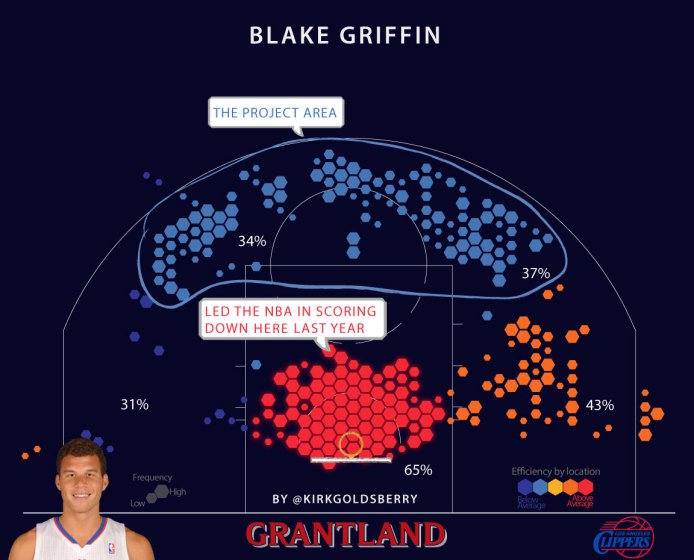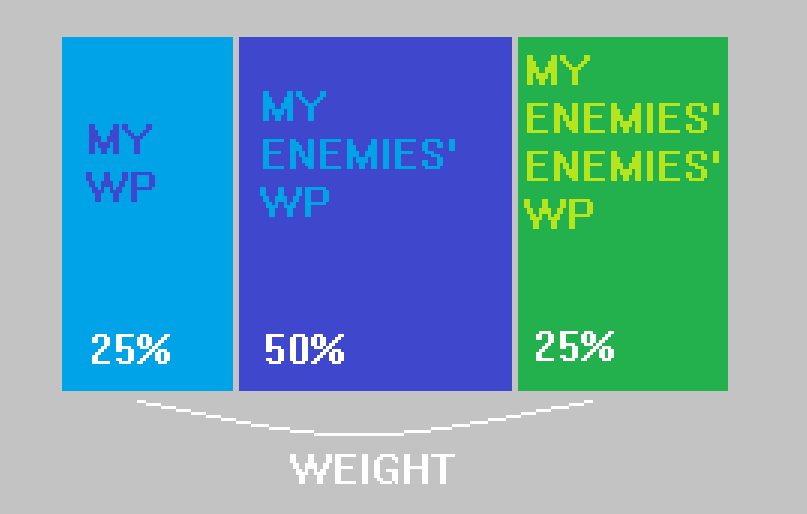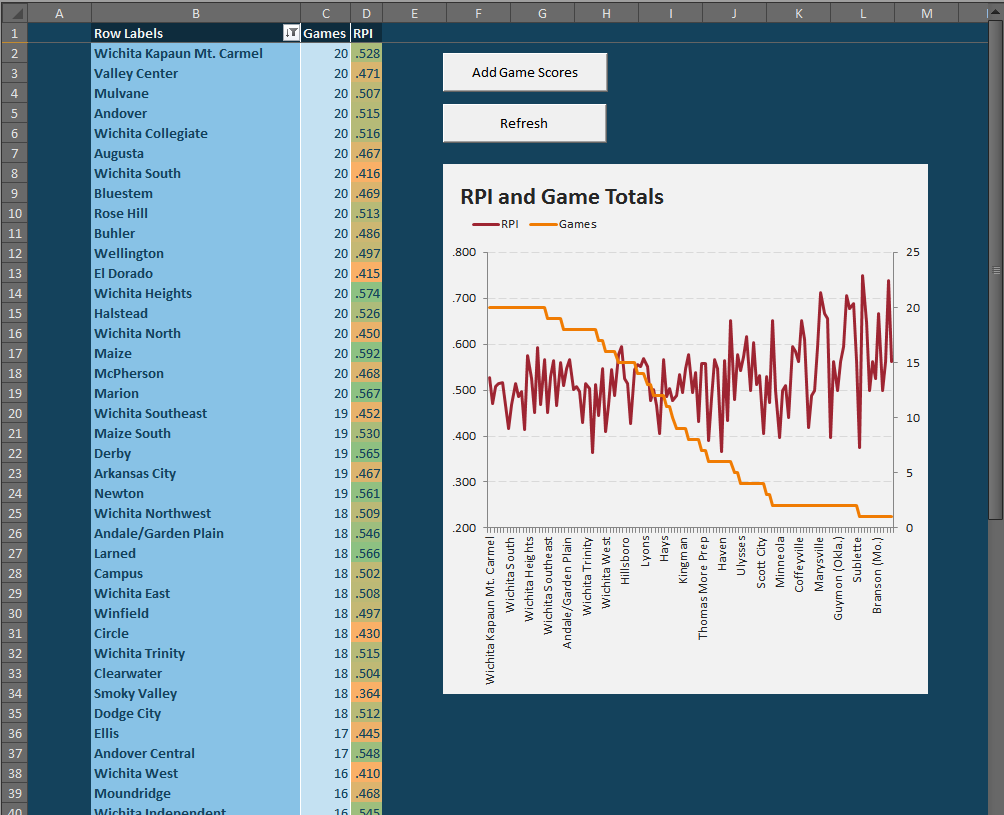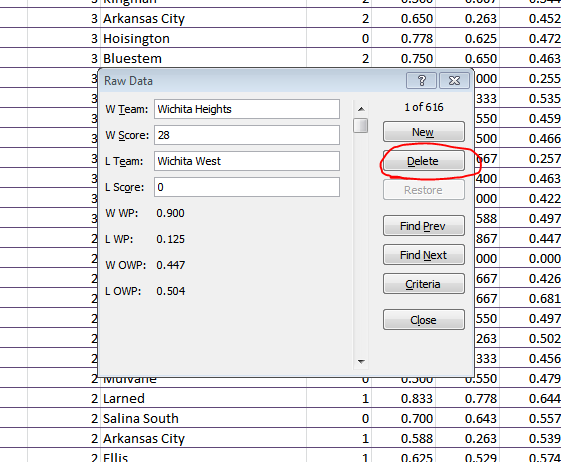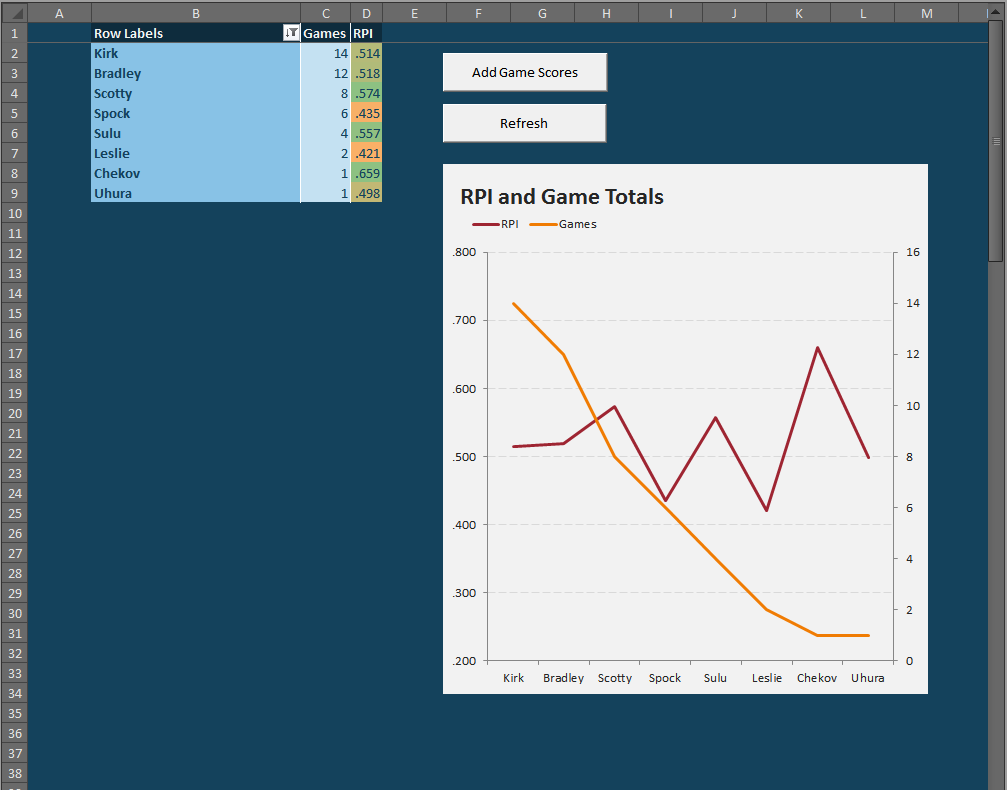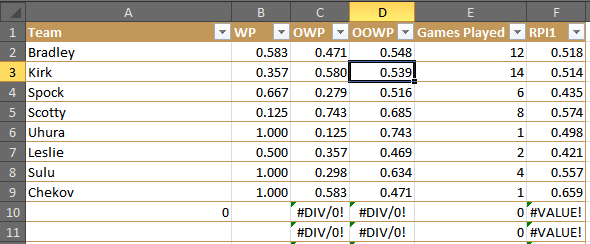Dutch Football League To Unveil New Replay System?
Windmills, wooden shoes and correct calls in football. All three may soon be synonymous with the Netherlands, as the Royal Dutch Football Association (Koninklijke Nederlandse Voetbalbond or KNVB) is looking to implement a specific video referee next season (warning: you’ll need to translate the page). They would be the first association football league in the world to have a separate referee for replays.
Existing replay services such as FIFA’s GoalControl technology or the English Premier League’s Hawk-Eye system are goal-line specific where 14 different cameras capture every angle. While certainly helpful and undoubtedly needed, the KNVB replay referee would observe things more than just goals. Incidents ranging from whether a foul was a red or just a yellow card or if a penalty should be awarded or not. The replay system will also be able to include dives, hand-balls and headbutts if necessary and any action away from the ball where the on-field referee may not have vision. If Luis Suarez gets loaned to a Dutch League team, perhaps biting will be reviewable as well. No word has been handed down as to whether or not it will be able to also rule on offsides calls, however.
The video referee will be located outside of the stadium in a van with multiple monitors. Each stadium will have their own replay system rather than the NHL or MLB style replay center. Using a headset, the video ref will be able to be in contact with the on-field referee in order to rapidly and accurately call the game.
With a strong concern to maintain the integrity of both the game, especially from retired EPL referees such as Graham Poll. In an interview with BBC Radio 5 live, when asked about replay, Poll said:
“The game has speeded up. Players are more crafty and deceitful than they have ever been. Unfortunately, that is a fact of life, therefore referees do need help. To my mind, there are plenty of good ex-referees who would be happy to sit there and review situations and help the referee. They are completely independent and neutral, not at the whim of a television company providing the angle they choose.”
The KNVB looks to lead the way football fixtures are called and hopefully played. If players know they’ll be blatantly obvious on a foul or a dive, all the better to clean up the game. Getting the call correct in a timely fashion is up to FIFA, as the Dutch League submitted their replay proposal to FIFA’s rule and regulations arm, IFAB. Counting on FIFA to do the right thing is a tough thing to ask of football fans, however with the KNVB ready to set the tone for accurate replay, the correct path is clear.
(Header image via Wikipedia)
